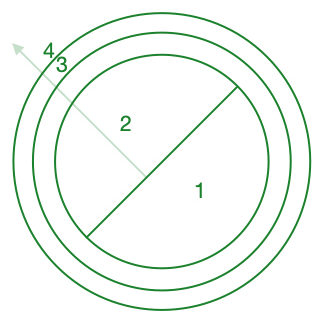READING 3 ︎︎︎ The Ing & The Er
Successful pop stars fabricate bold and exciting characters, that immerse the audience in convincing realities. With no lack of resources, production value is always high, resulting in an image so intoxicating that it becomes a fantastic escape for others. I believe that this enterprise ultimately always fails- due to persona-fatigue.
After a long run of successful completely reimagined characters, the audience begins to feel suspicious and thus loses faith as a result of a sort of dilution; a sense of the Self spread too thin.
Typically, the anticipation of the novel character turnaround keeps the machine running. In the moment it all feels like great fun, but I’m more concerned with the bigger-picture of the character-work.
I certainly believe in the development and the evolution of a character, but I also believe in disclosure and authenticity. However, it is very important to note that I do not equate “disclosure” with “honesty.” A fabricated character can be much more truthful than the original, as long as those character choices are true for that person. One’s character choices, however fluid and dynamic that they may be or become, must come from and revolve around a nucleus of truths; of authenticity— which brings me to my point: the ing and the er.
The simplest way to break down the “ing” and the “er” is to begin by thinking about the following example-sequence, starting with the first thing an audience encounters: 4) the expression; 3) the expressing; 2) the ing (from “the expressing”); 1) the er (from “the expresser”).
The “er” is the desire, the will, the realm of creative and imaginative potential.
The “ing” is the energy required to perform, the effort, the direct action.
The “expressing” is the performance, the site of skill.
The “expression” is the final dispersible product, the content, the product of the performance.
It is important to note that 1 & 2 are two-parts of the same unit.
Visually, it could be illustrated as:
